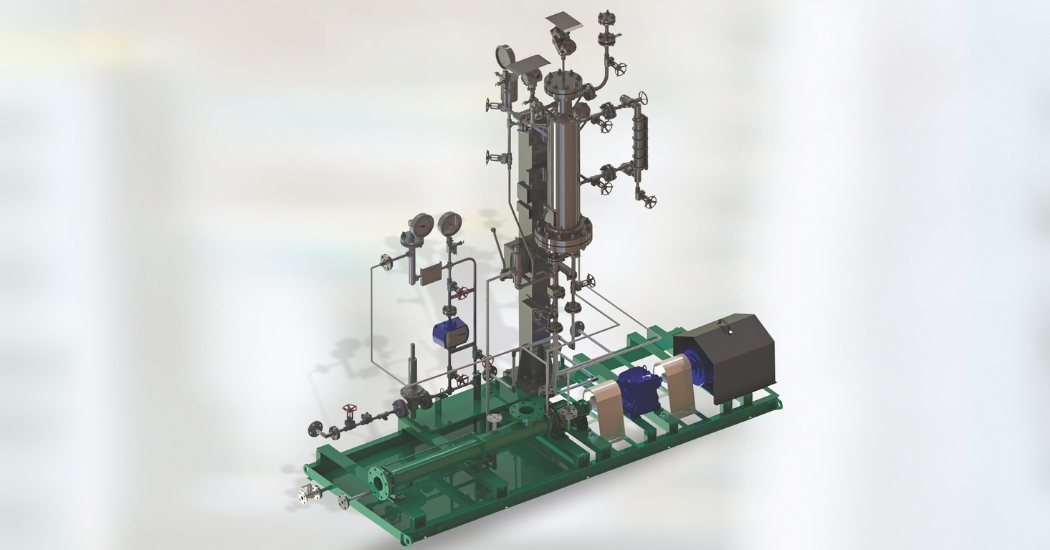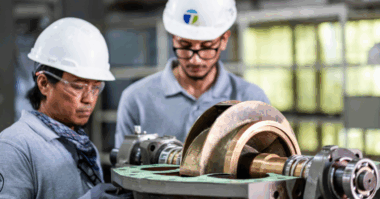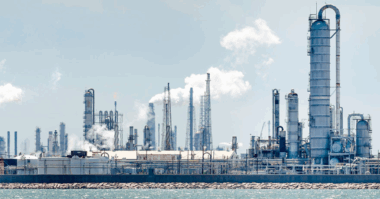The process of crude oil extraction is a sophisticated one that can be classified into three categories. Primary oil extraction involves the transfer of oil that naturally floats on the surface of the oil well, above the deposits of sludge and sand. In the secondary extraction, pressurized water is filled in the well. This process creates a displacement in the layers of sand and sludge and forces the crude oil toward the surface of the oil well. From here it is transferred to field gathering stations and then further for fractional distillation.
The following is a brief overview of the Enhanced Oil Recovery technology currently in use:
Primary Oil Recovery is limited to hydrocarbons that naturally rise to the surface or those that are brought to the surface using artificial lift devices, such as various Down Hole Pumps.
Secondary Oil Recovery employs water and gas injection, displacing the oil and driving it to the surface.
Further increase in oil production is through the tertiary recovery method or Enhanced Oil Recovery (EOR). EOR can increase production from a well by up to 75%.
In this technology, the polymer is injected into the reservoir to reduce the interfacial tension between oil and water and can draw out the trapped oil from the reservoir rock thus increasing the oil production.
Solution
Roto Progressive Cavity Pumps are manufactured in accordance with API 676, incorporating a sealed sealing system as per API 682. These pumps are widely used for polymer flooding. Roto Pumps are designed for handling high viscosities and can easily handle shear-sensitive polymers due to their low internal velocities and ability to prevent the degradation of shear-sensitive polymers.
Applications
Mother solution
Polymer transfer*
Polymer injection
Roto Pumps conform to the following standards:
- API 676 3* edition rotary positive displacement pumps
- API 682 4″ edition mechanical seals
- Material as per NACE MR-01-75
- ATEX Directive 94 / 8 / EC
- API 671 metallic flexible coupling and spacer
- Pressure relief valves to API 520 / 526
Industrial RD/RM Series
Capacity up to 500 mi/hr
Pressure up to 48 bar
These heavy-duty pumps are designed for continuous or intermittent duty and are Suitable to perform efficiently even for the most difficult fluid handling applications.
*Max. pressure available up to 76 bars with capacity up to 25 m /hr.




